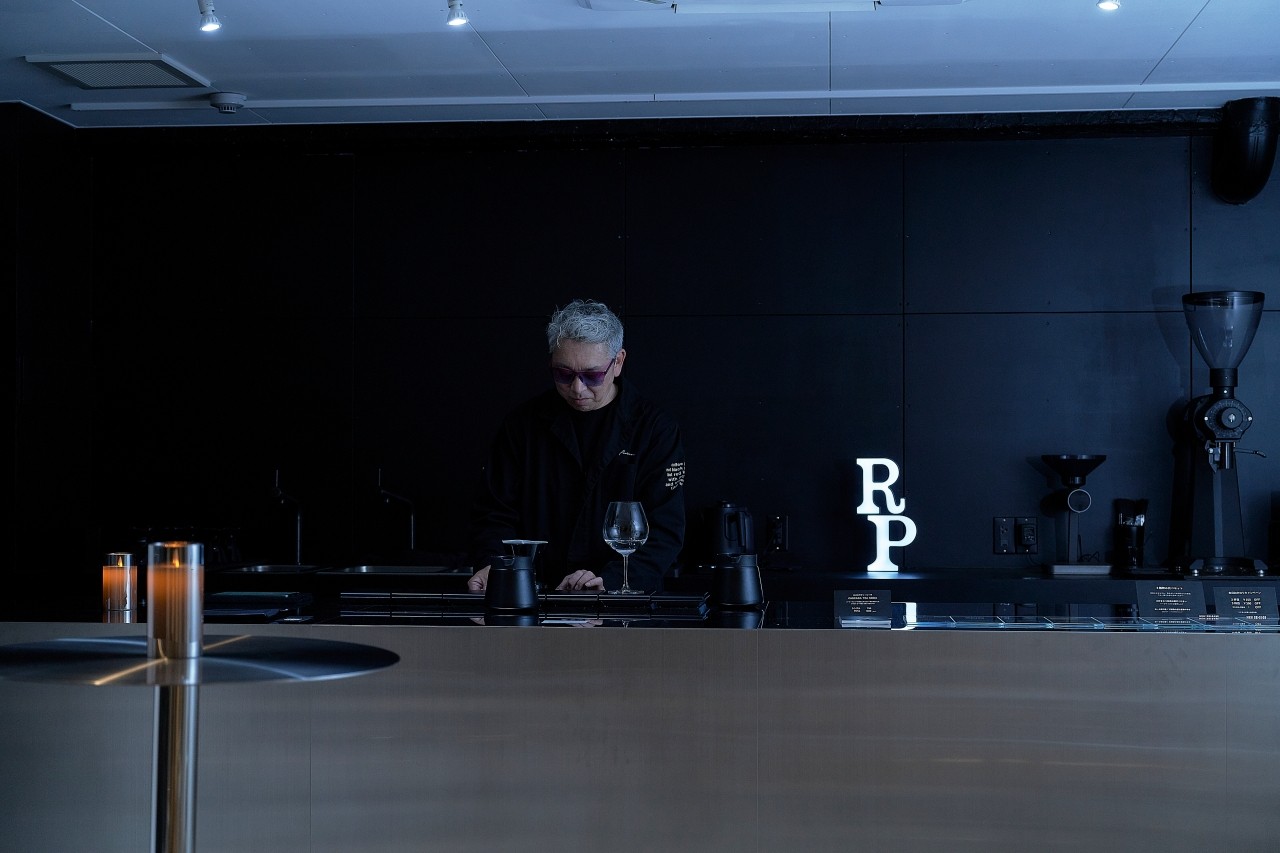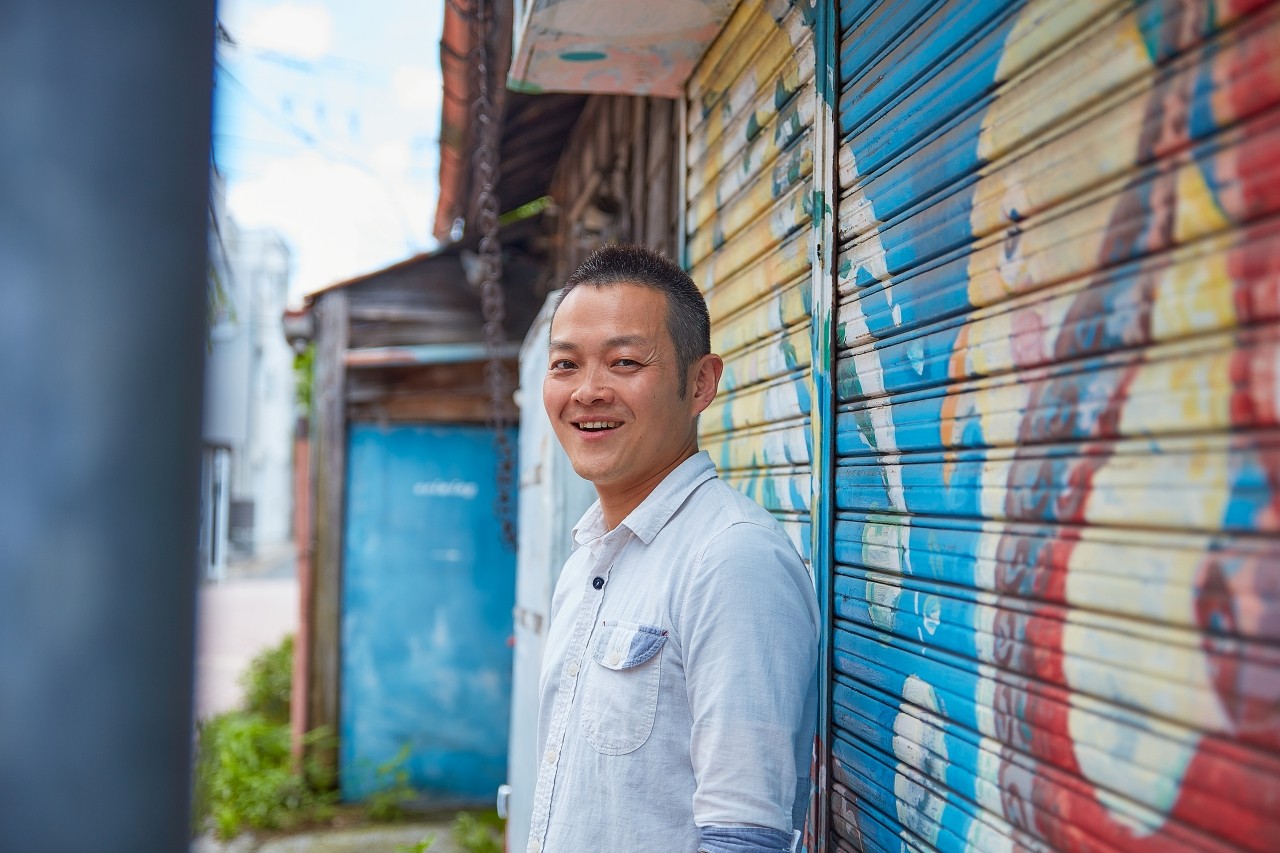Which country does Japan import coffee from? ~ Green beans import volume by country
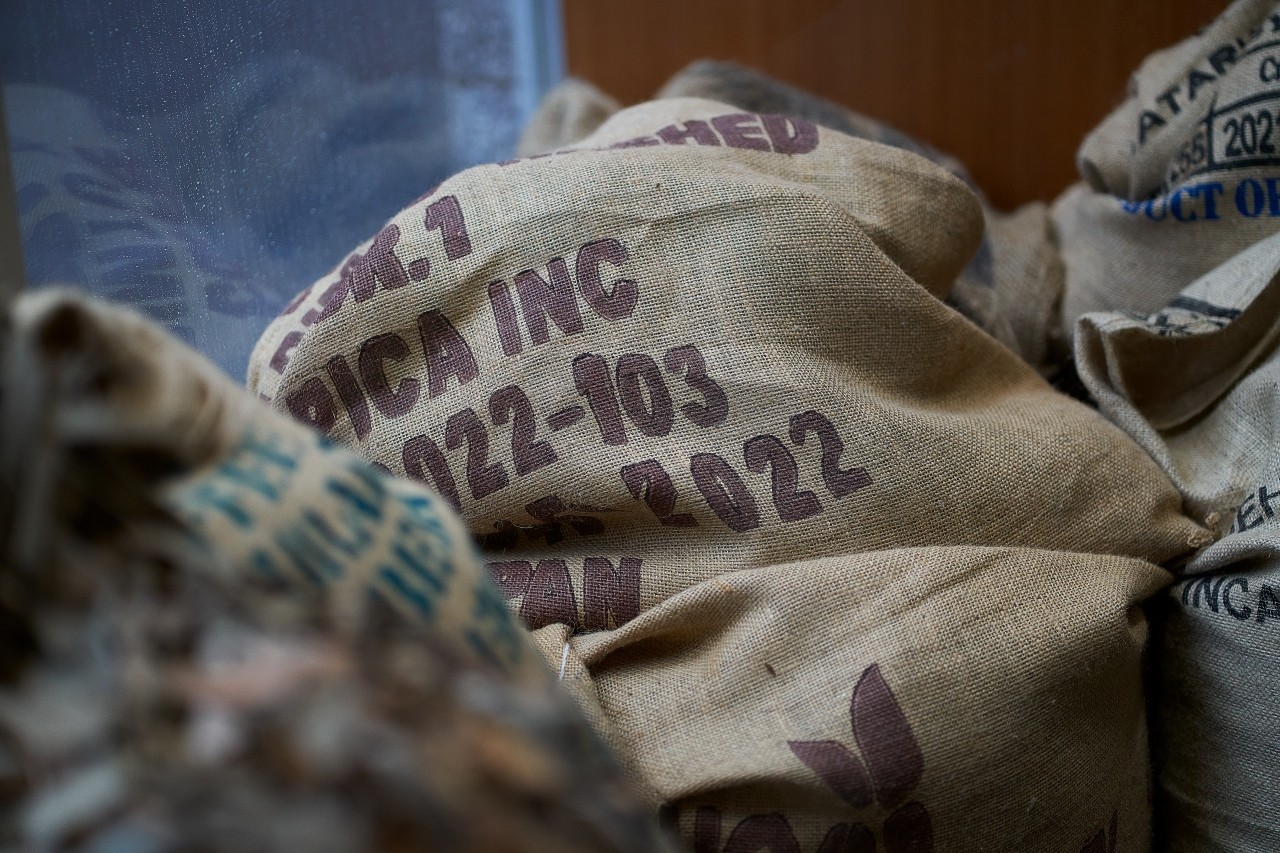
As you probably know, Japan relies on imports for most of its coffee.
Domestic coffee is grown in greenhouses in Okinawa, the Amami Islands, the Ogasawara Islands, and other places in Japan, but most of the time production is limited to small quantities.
(I would also like to cover the history of coffee cultivation in Japan in the future.)
The amount of green coffee beans imported has been around 400,000 tons annually in recent years.
This number includes both Arabica and Robusta (Canephora).
Domestic coffee is grown in greenhouses in Okinawa, the Amami Islands, the Ogasawara Islands, and other places in Japan, but most of the time production is limited to small quantities.
(I would also like to cover the history of coffee cultivation in Japan in the future.)
The amount of green coffee beans imported has been around 400,000 tons annually in recent years.
This number includes both Arabica and Robusta (Canephora).
Japan's coffee imports have increased since the Meiji era

Historically, the first statistics on the amount of green coffee beans imported was in 1877 (Meiji 10), at 18 tons. The prewar peak was 8,571 tons in 1937 (Showa 12). Despite a disruption in imports during the war, it steadily increased after the war, exceeding 100,000 tons around 1975 (Showa 50), 200,000 tons in 1983 (Showa 58), and 400,000 tons in the 2000s. It is designed to reach.
As coffee consumption in various forms has increased, imports have naturally increased as well.
By the way, Japan is said to be the farthest (distance) country from any coffee producing country. According to statistics, the average distance from the country of production is over 10,000 kilometers, which is twice as long as in the United States and 1.5 times as far as in Europe.
This is due to the great distance from the major producing regions of South America and Africa. It is said that the deterioration of green coffee beans imported into Japan was significant.
However, in recent years, coffee production has become more popular in Asia, including Vietnam, and the average distance may change in the future.
So, what kind of countries are Japan's current import sources of coffee?
I would like to take a look at the statistics from the All Japan Coffee Association.
As coffee consumption in various forms has increased, imports have naturally increased as well.
By the way, Japan is said to be the farthest (distance) country from any coffee producing country. According to statistics, the average distance from the country of production is over 10,000 kilometers, which is twice as long as in the United States and 1.5 times as far as in Europe.
This is due to the great distance from the major producing regions of South America and Africa. It is said that the deterioration of green coffee beans imported into Japan was significant.
However, in recent years, coffee production has become more popular in Asia, including Vietnam, and the average distance may change in the future.
So, what kind of countries are Japan's current import sources of coffee?
I would like to take a look at the statistics from the All Japan Coffee Association.
Ranking of TOP24 green beans import volume by country
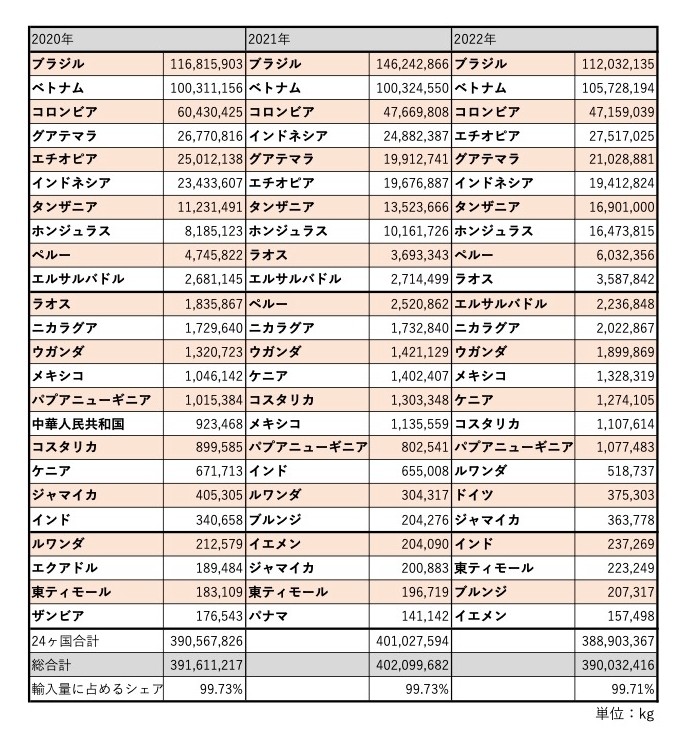
Above is a table summarizing the import volume of green coffee beans by country for the last three years from 2020 to 2022.
The statistics are a compilation of the top 24 countries.
These 24 countries account for almost 99.7% of the total import volume.
The top three remain unchanged: Brazil, Vietnam, and Colombia.
These three countries are also in the top 3 in terms of share of export volume to the world, so it can be said that they are in a good position. By the way, Brazil uses both Arabica and Robusta, Vietnam uses mostly Robusta, and Colombia uses Arabica.
Indonesia ranks 4th in exports to the world (mostly Robusta), but Japan ranks 4th to 6th in terms of imports. Guatemala and Ethiopia are included here.
Japan's popular coffee producing countries and emerging coffee producing countries
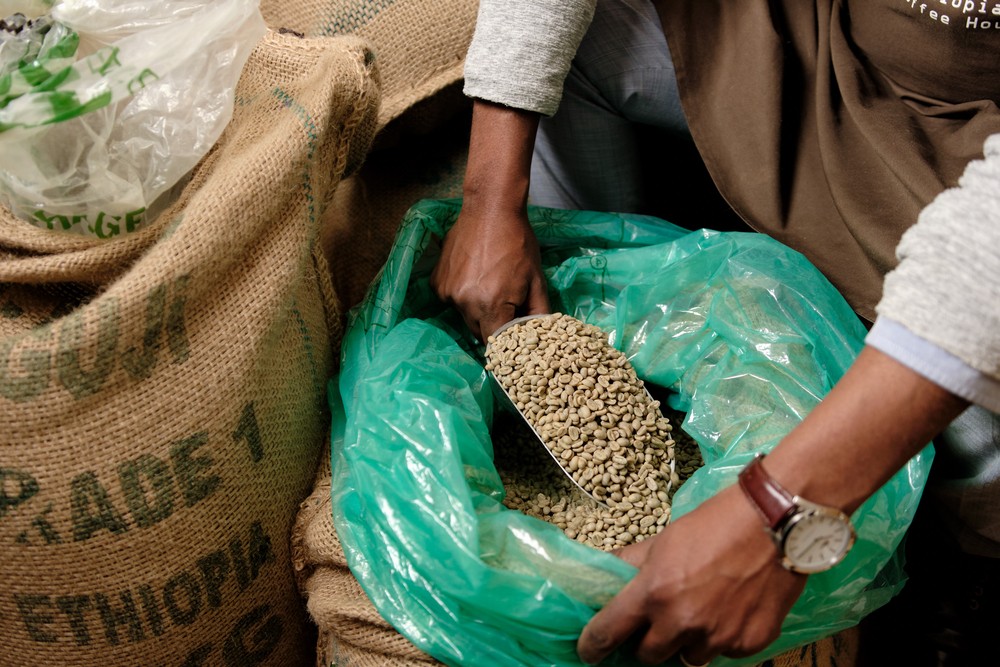
Both Guatemala and Ethiopia, as well as Tanzania in 7th place, have a higher share of Japan's import volume than their share of export volume to the world, and can be said to be popular producing countries in Japan.
Ethiopia is known as "Mocha" and Tanzania is known as "Kilimanjaro", and it is also a designated brand.
Kenya and Costa Rica, which are well-known for specialty coffee, are probably in a lower group.
What is unique in this table is China (People's Republic of China), which ranked in 2020. Coffee production is increasing in China, mainly in Yunnan province. Even in the world of specialty coffee, there are more and more opportunities to see coffee produced in Yunnan.
Although it did not make it into the rankings in 2021 or 2022, it is said that the production volume will increase in the future, so trends will be closely watched.
So far, we have looked at the import volume of green coffee beans by country.
You can also find coffee from these producing countries in canned coffee and convenience store coffee.
It might be interesting to compare it with Japan's import volume.
We will continue to provide information on coffee statistics in the future.
Kenya and Costa Rica, which are well-known for specialty coffee, are probably in a lower group.
What is unique in this table is China (People's Republic of China), which ranked in 2020. Coffee production is increasing in China, mainly in Yunnan province. Even in the world of specialty coffee, there are more and more opportunities to see coffee produced in Yunnan.
Although it did not make it into the rankings in 2021 or 2022, it is said that the production volume will increase in the future, so trends will be closely watched.
So far, we have looked at the import volume of green coffee beans by country.
You can also find coffee from these producing countries in canned coffee and convenience store coffee.
It might be interesting to compare it with Japan's import volume.
We will continue to provide information on coffee statistics in the future.
2024.2.17
CROWD ROASTER
If you want to enjoy coffee more deeply
" CROWD ROASTER APP"
Manabu at CROWD ROASTER LOUNGE
・Push notifications for article updates・Full of original articles exclusive to CROWD ROASTER
・Direct links to detailed information about green beans and roasters
App-only features
- Choose green beans and roasters to create and participate in roasting events・CROWD ROASTER SHOP: Everything from beans to equipment is readily available
・GPS-linked coffee map function



